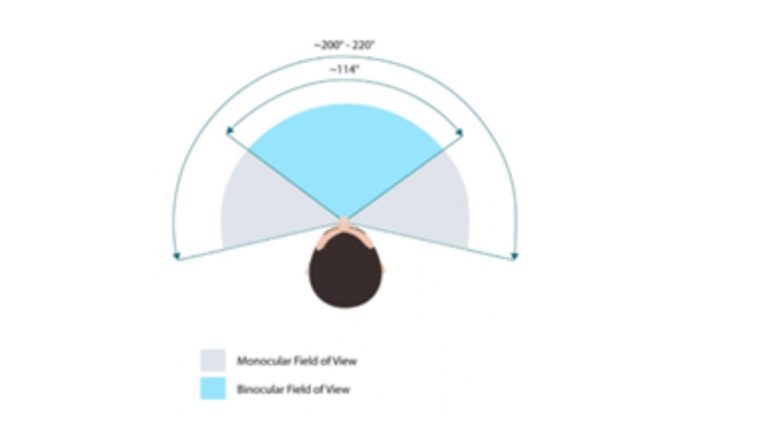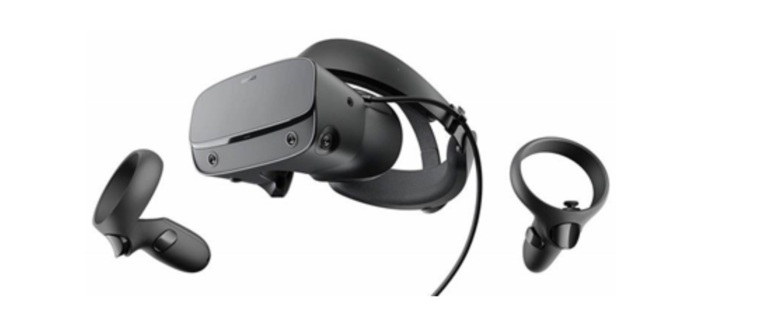Home / IT & Computer Science / Digital Media / Construct a Virtual Reality Experience / An Overview of VR headsets

Reach your personal and professional goals
Unlock access to hundreds of expert online courses and degrees from top universities and educators to gain accredited qualifications and professional CV-building certificates.
Join over 18 million learners to launch, switch or build upon your career, all at your own pace, across a wide range of topic areas.


 Figure 1: Google Cardboard
Figure 1: Google Cardboard
 Figure 2: Field of view (FOV) is the open observable area a person can see through their eyes or via an optical device
Figure 2: Field of view (FOV) is the open observable area a person can see through their eyes or via an optical device
 Figure 3: A typical tethered VR headset with controllers (Oculus Rift S with wireless controllers)
Figure 3: A typical tethered VR headset with controllers (Oculus Rift S with wireless controllers)
 Figure 4: Degrees of Freedom (DoF) in input and tracking detection: All 3 DoF-capable devices can detect the orientation-based changes to yaw, pitch and roll around the three axes.
Figure 4: Degrees of Freedom (DoF) in input and tracking detection: All 3 DoF-capable devices can detect the orientation-based changes to yaw, pitch and roll around the three axes.







